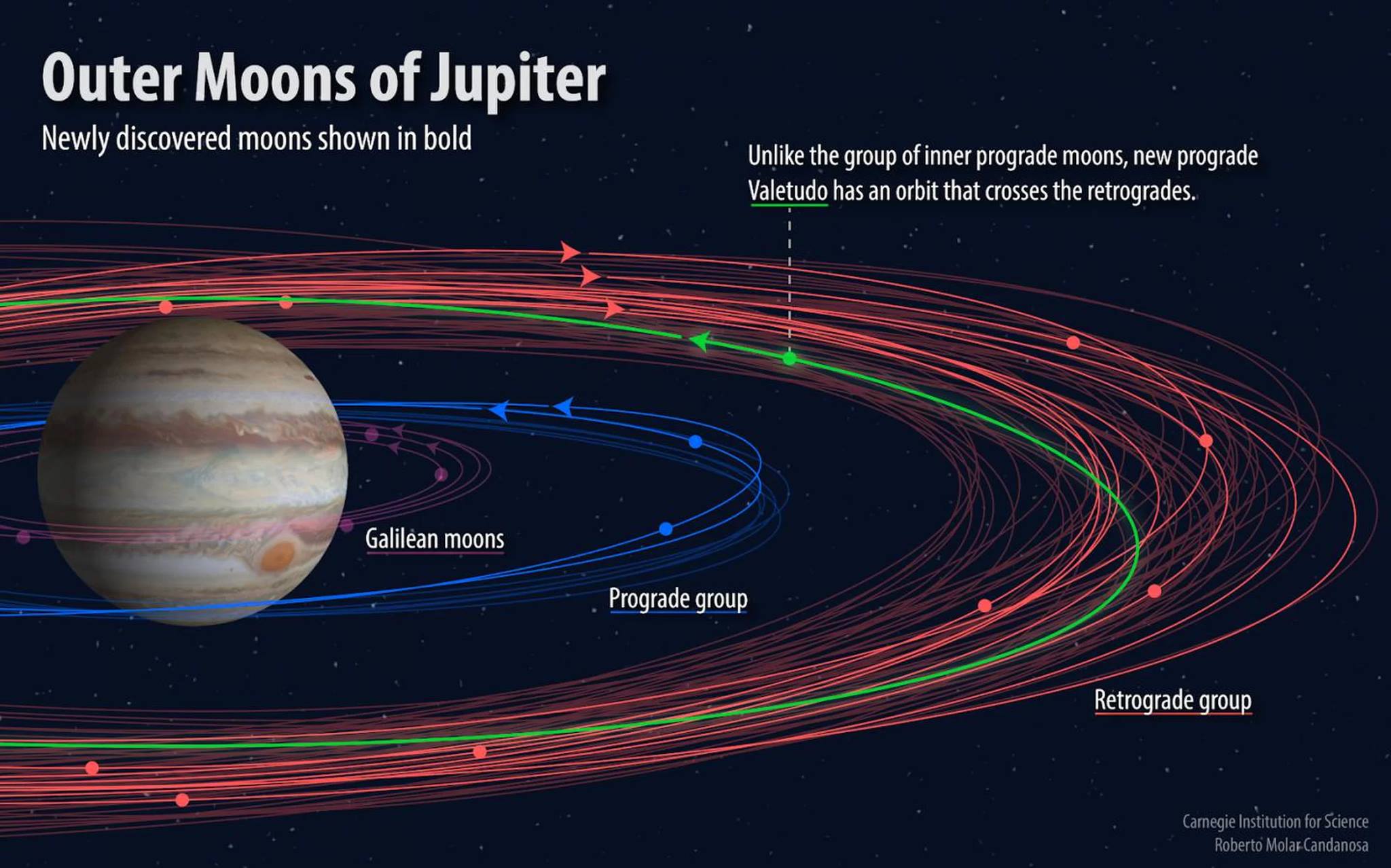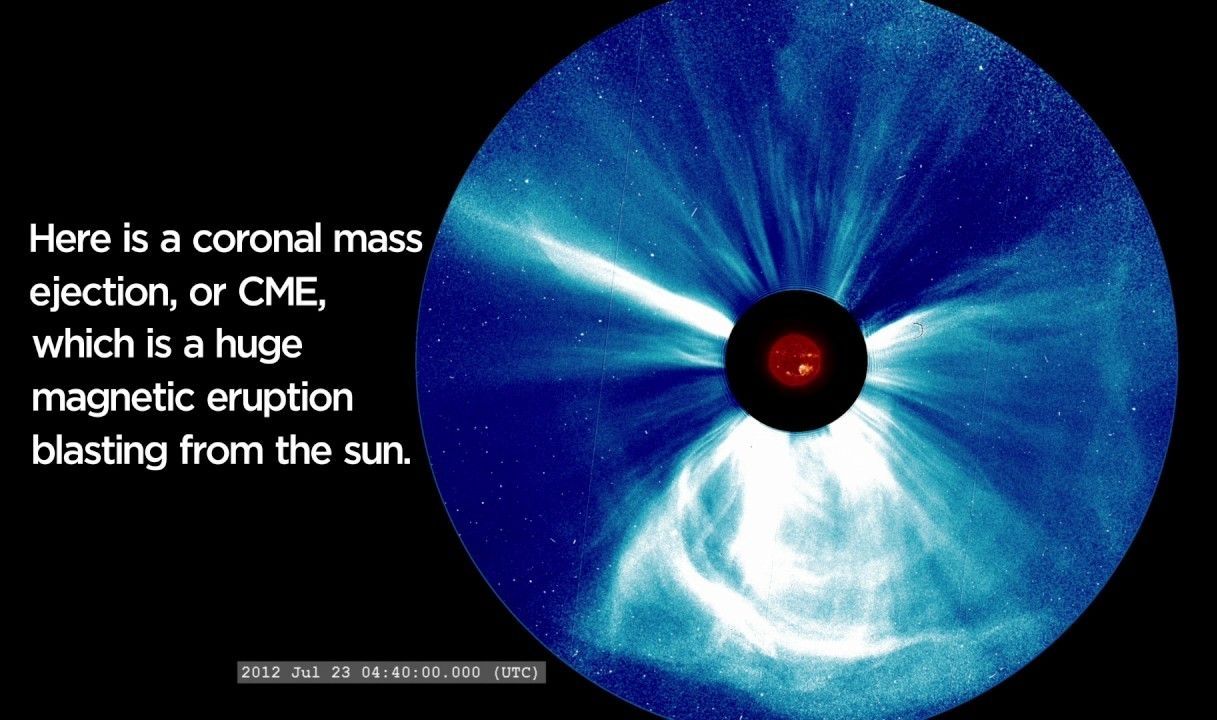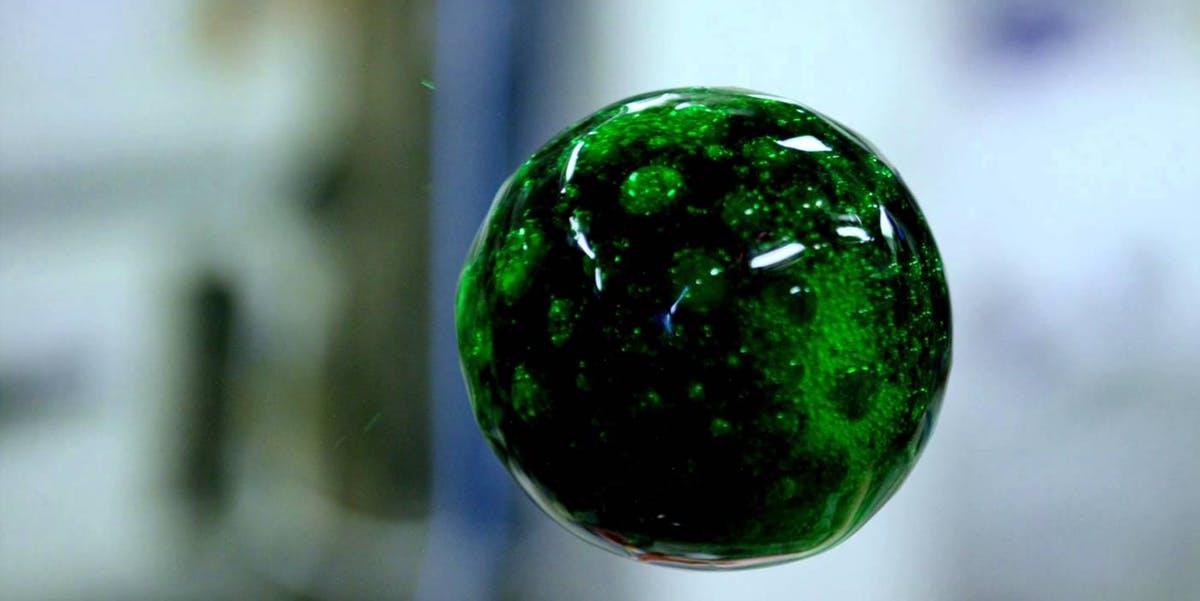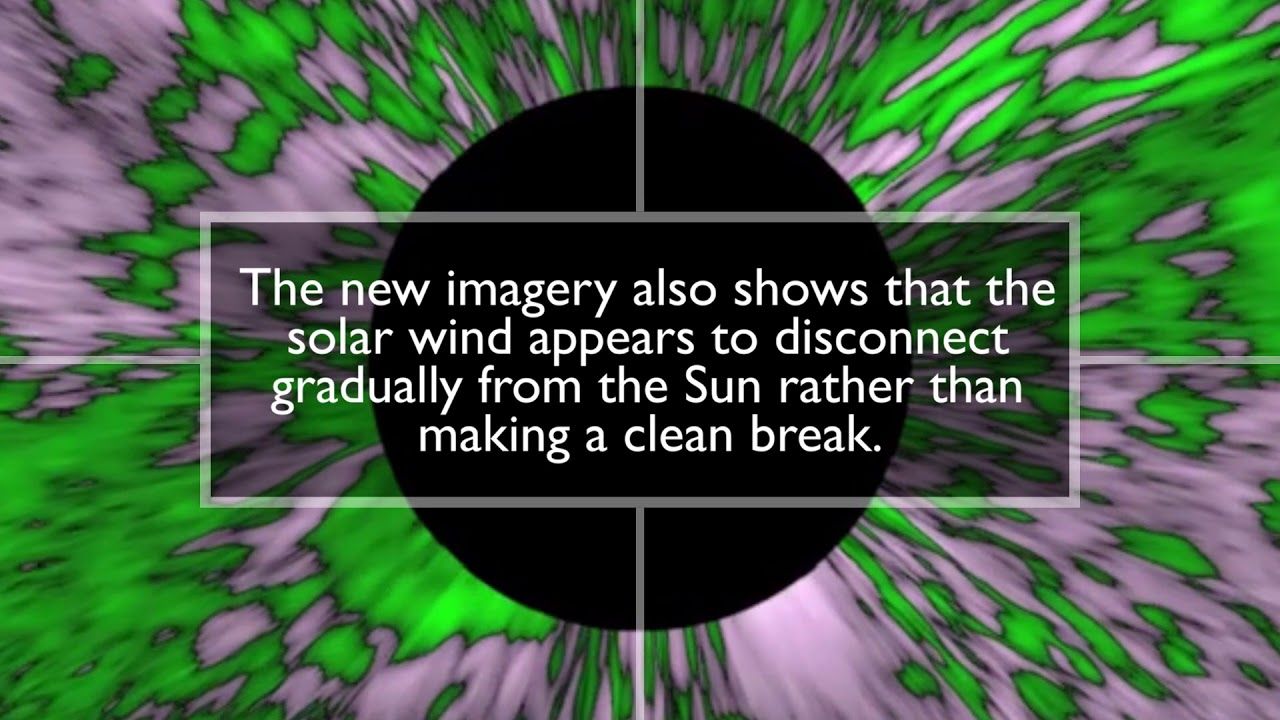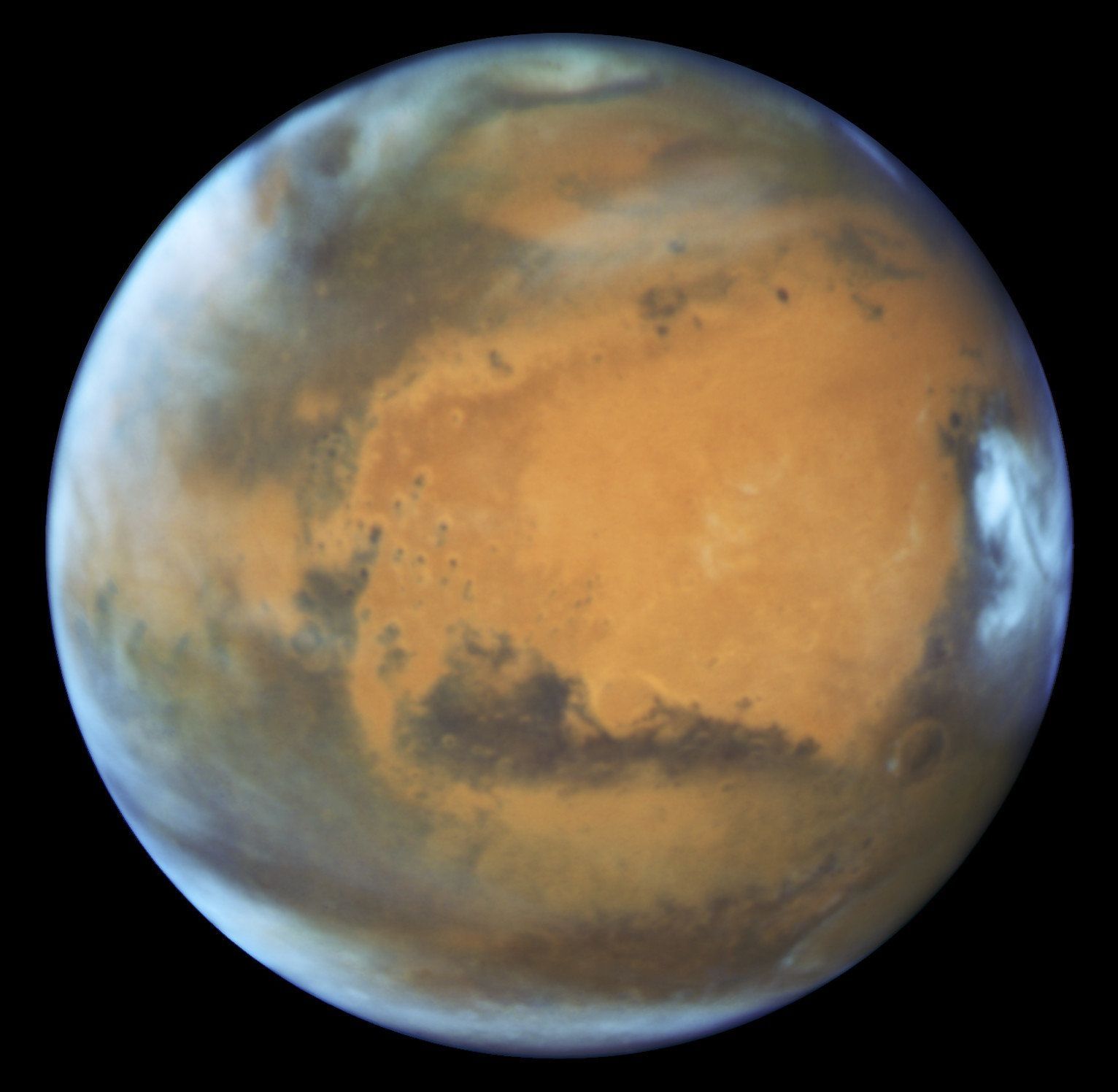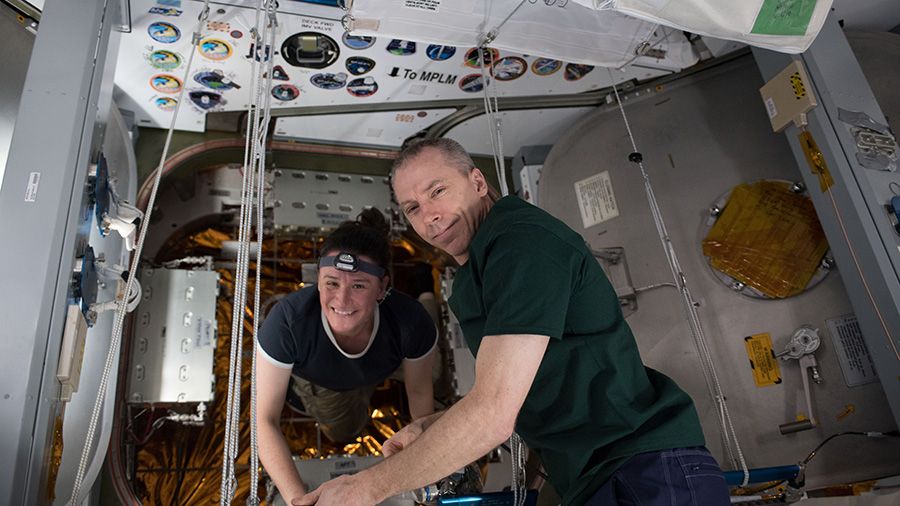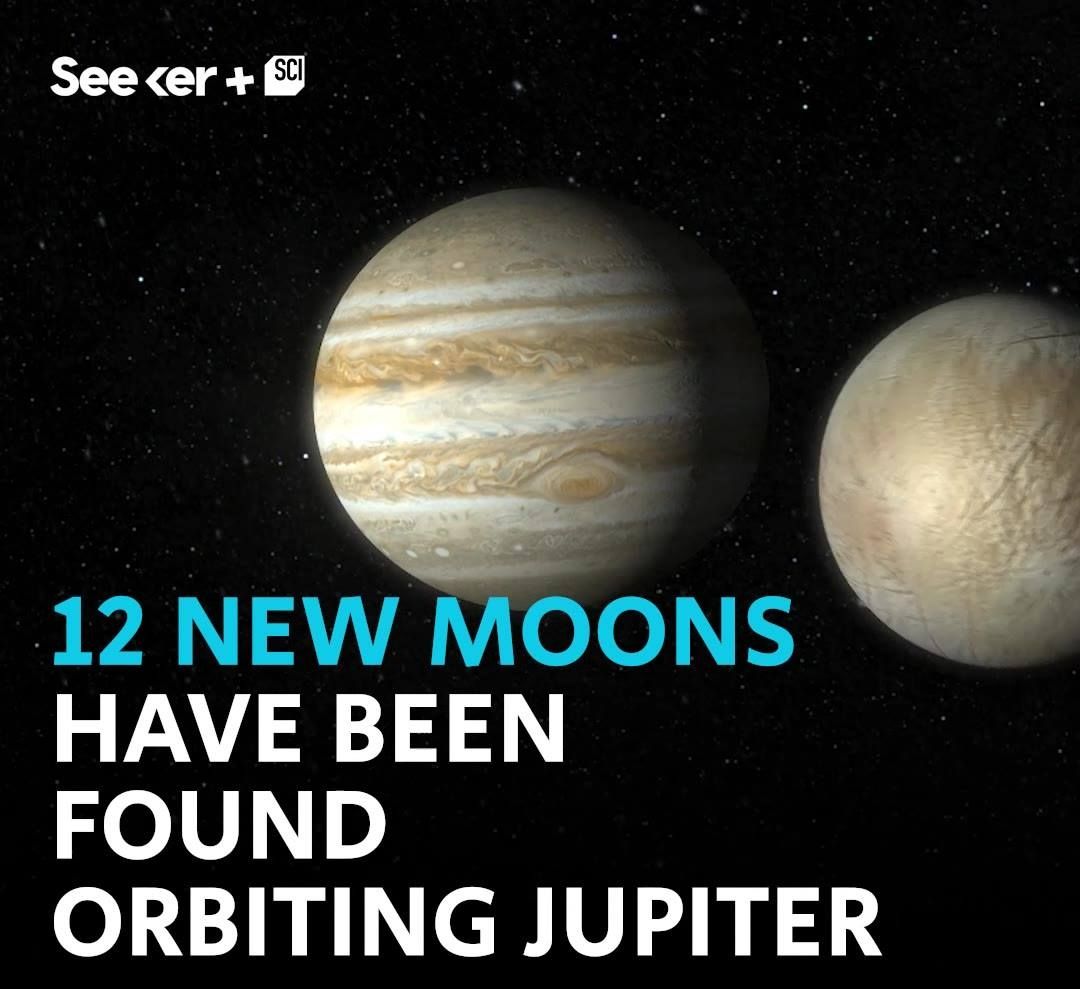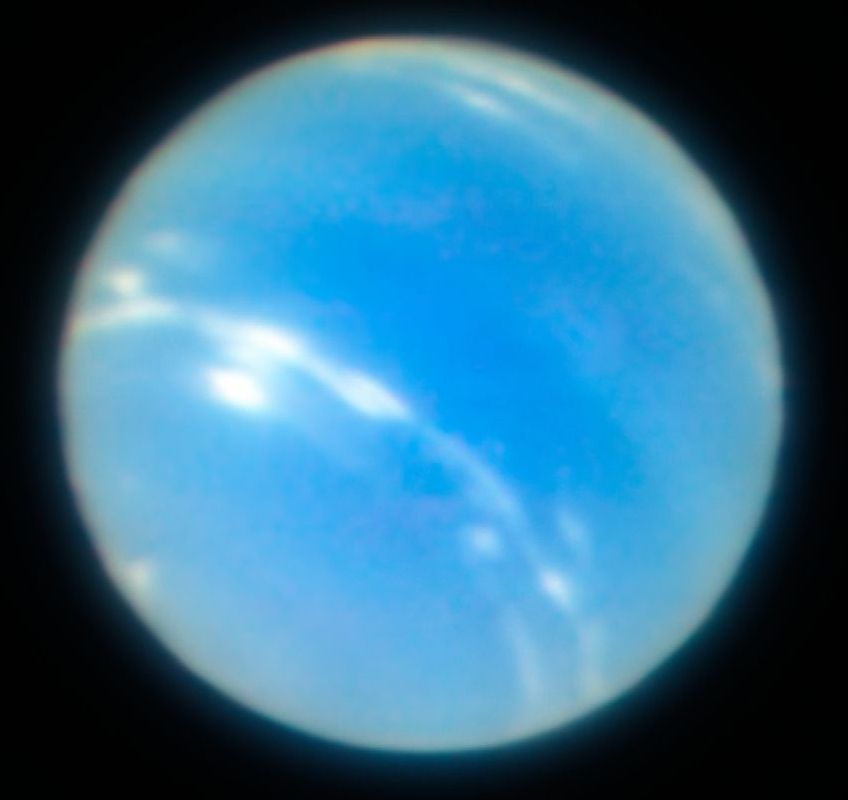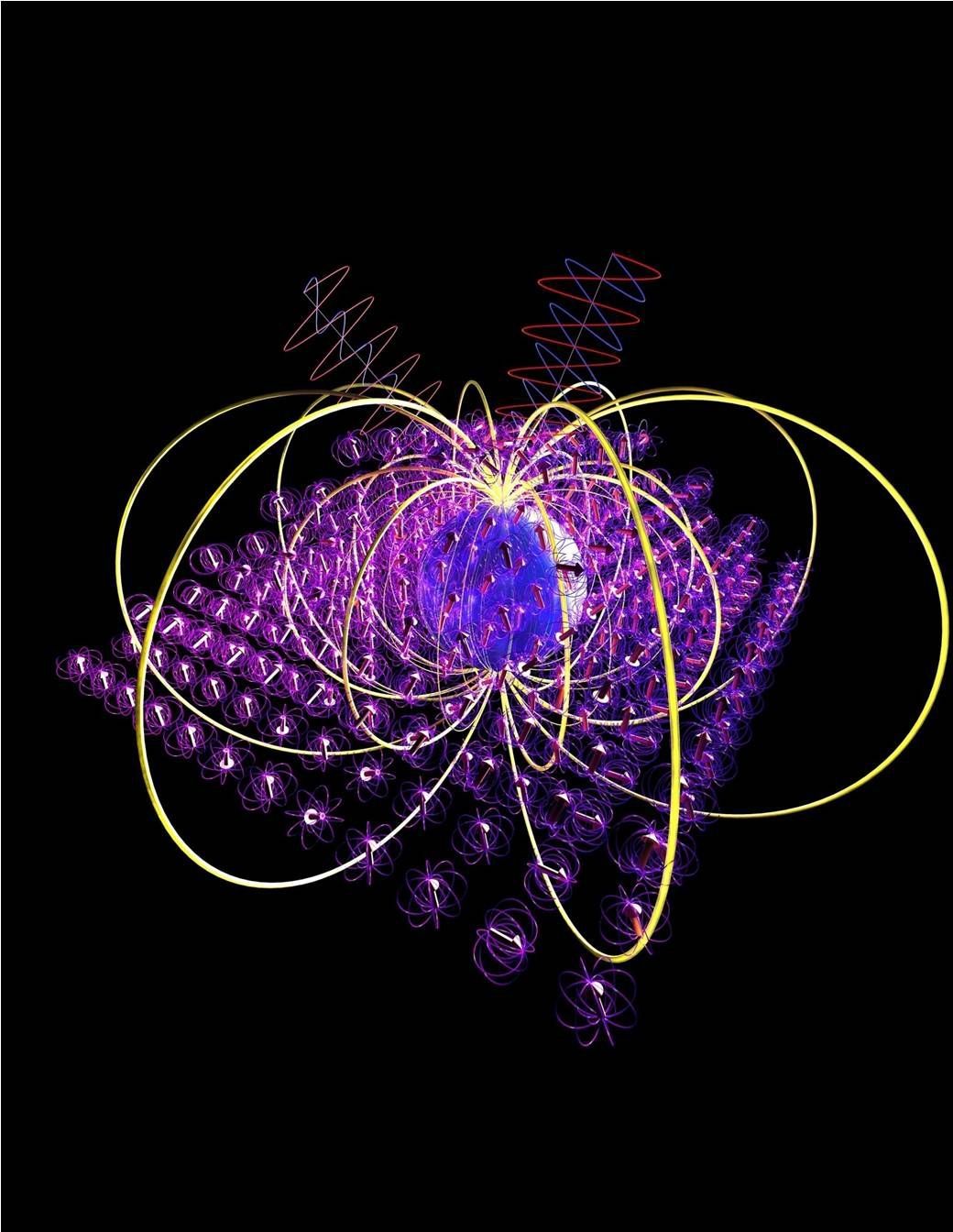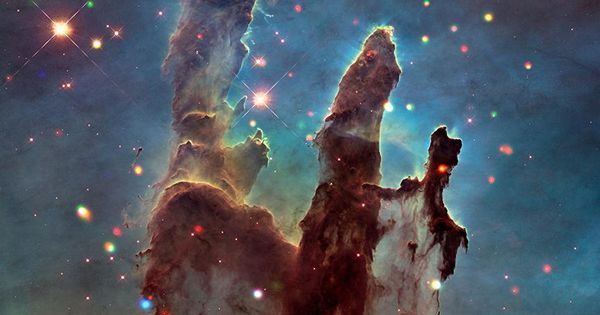Latest News from Space.com, Scientists have discovered 12 previously unknown moons orbiting Jupiter, and one of them is a real oddball.
While hunting for the proposed Planet Nine, a massive planet that some believe could lie beyond Pluto, a team of scientists, led by Scott Sheppard from the Carnegie Institution for Science, found the 12 moons orbiting Jupiter. With this discovery, Jupiter now has a staggering 79 known orbiting moons 67 was its previous count, more than any other planet in the solar system.
